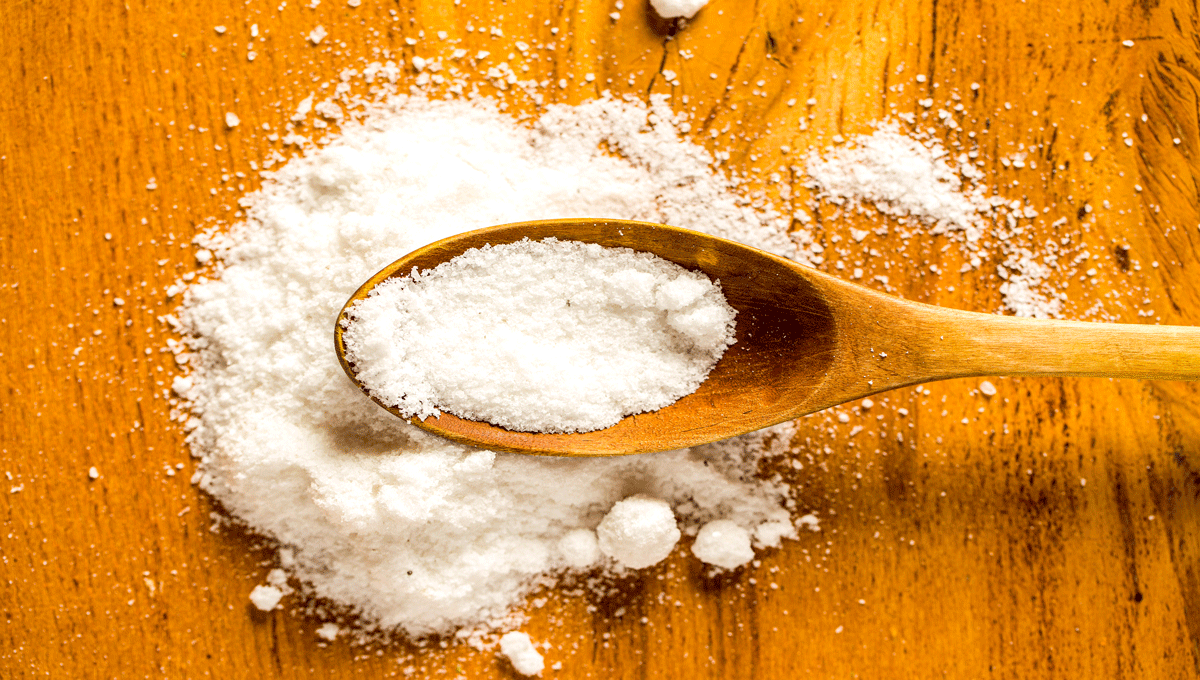Reducing sodium intake is important for maintaining a healthy lifestyle, especially for individuals with high blood pressure or other health conditions. Consuming too much sodium can cause water retention, increase blood pressure, and put a strain on the heart and kidneys. The American Heart Association recommends that adults consume no more than 2,300 milligrams of sodium per day, with an ideal limit of 1,500 milligrams for individuals with high blood pressure.
Indian cuisine is known for its flavorful spices and diverse dishes, but it can also be high in sodium. Many traditional Indian dishes contain a significant amount of salt, which can have negative health effects. Here are some examples of Indian dishes that are high in sodium and why it’s important to reduce sodium intake.
- Pickles: Indian pickles are often made with a high amount of salt and oil. A single serving of pickle can contain more than 500 milligrams of sodium. While pickles are a staple in many Indian households and can add a tangy flavor to meals, it’s important to consume them in moderation.
- Papads: Papads are thin, crispy Indian crackers that are often served as an appetizer. They are typically made with a high amount of salt and can contain up to 200 milligrams of sodium per serving. While papads are a popular snack and can be enjoyed in moderation, it’s important to be mindful of the sodium content.
- Chaat: Chaat is a popular Indian snack that is made with fried dough, vegetables, and chutneys. It can be high in sodium due to the added salt in the chutneys and fried dough. While chaat can be a delicious and satisfying snack, it’s important to consume it in moderation and look for low-sodium alternatives.
- Samosas: Samosas are a popular Indian appetizer that are typically filled with spiced potatoes or meat. They are fried and can contain up to 250 milligrams of sodium per serving. While samosas are a tasty treat, it’s important to be mindful of the sodium content and consume them in moderation.
- Chutneys: Chutneys are a staple in Indian cuisine and are often served with snacks and meals. They can be high in sodium due to the added salt and can contain up to 150 milligrams of sodium per tablespoon. While chutneys can add a burst of flavor to meals, it’s important to consume them in moderation and look for low-sodium alternatives.
To reduce sodium intake in Indian cuisine, there are several strategies you can employ. Opting for low-sodium alternatives, such as homemade pickles or chutneys, can be a healthier option. Reducing the amount of salt in recipes and using herbs and spices instead can also add flavor without adding extra sodium. Finally, being mindful of portion sizes and consuming high-sodium dishes in moderation can help to reduce overall sodium intake.
In conclusion, reducing sodium intake is important for maintaining a healthy lifestyle, especially when it comes to traditional Indian cuisine. Being mindful of the sodium content in popular dishes such as pickles, papads, chaat, samosas, and chutneys can help individuals to make healthier choices and reduce their overall sodium intake

